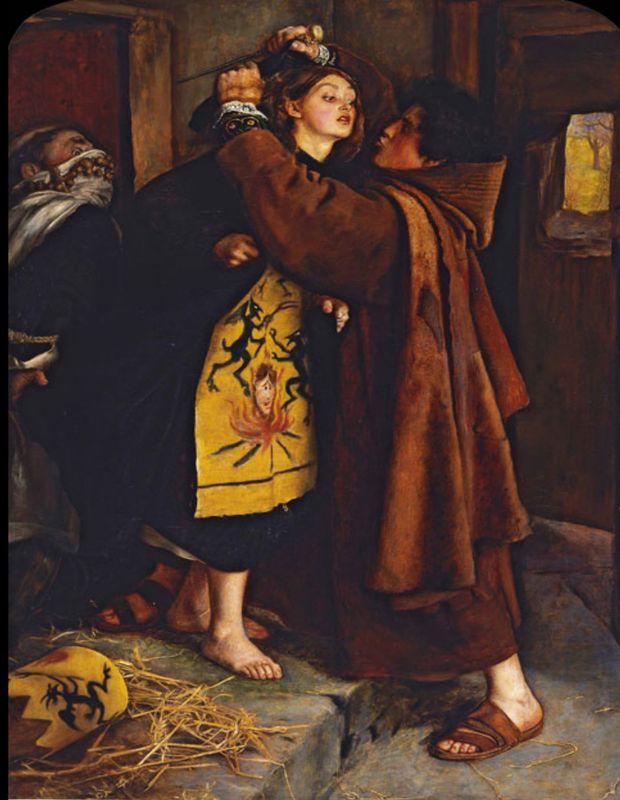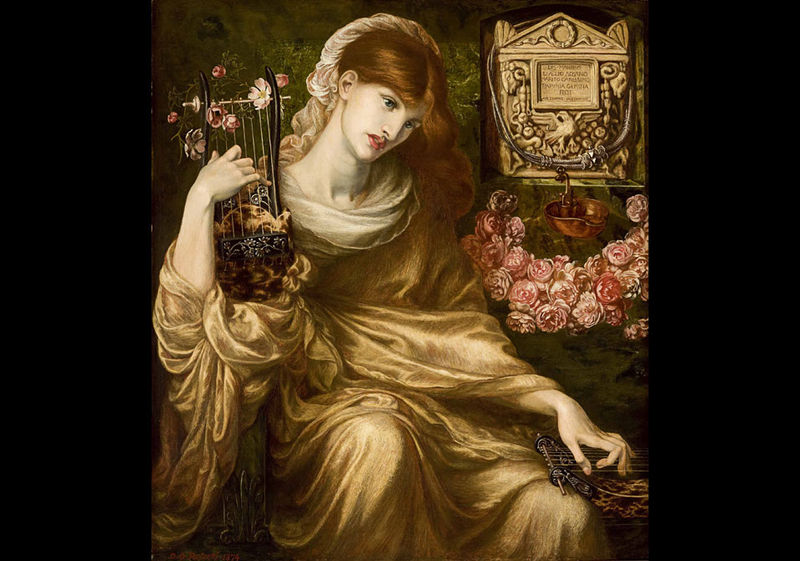The Montclair Art Museum (MAM) celebrates the centennial of the famous and controversial 1913 Armory Show with a major exhibition that opens exactly 100 years to the day from the original.
The New Spirit: American Art in the Armory Show, 1913 will be the first exhibition to focus primarily on the American artists represented in that show. It is on view February 17 – June 16, 2013 and is co-curated by Gail Stavitsky, MAM chief curator, and guest curator Laurette E. McCarthy. Works in the exhibition are drawn from a wide range of museum collections, including MAM’s, and from important private collections and galleries.
![]()
The International Exhibition of Modern Art, better known as The Armory Show, held at the 69th Regiment Armory on Lexington Avenue at East 25th Street in Manhattan, giving the show its unofficial name, comprised more than 1,200 works of art by American and European artists. While American art constituted two-thirds of the work on view, it was the European art that caused a stir and that has dominated discussion of the Armory Show ever since. Special attention centered on the European avant-garde artists Marcel Duchamp, Constantin Brancusi, and Henri Matisse. It was their works that the press focused on, whipping their readership into a frenzy and igniting overwhelming curiosity, consternation, and concern among the public. Nevertheless, a significant number of the contemporaneous accounts were decidedly mixed and nuanced, yet over time, the emphasis on the foreign art in the show and denigration of the American as provincial and imitative became the dominant narrative. This exhibition challenges that myth.
In presenting mainly the American artists who contributed to the Armory Show, the exhibition at the Montclair Art Museum spotlights the diverse range of American art that was exhibited. It features 36 American artists and nearly 40 works in various media: paintings, sculptures, prints, watercolors, and other works on paper. The exhibition includes works by wellknown artists like Edward Hopper, Robert Henri, and John Marin, as well as works by artists such as Manierre Dawson, Kathleen McEnery, and E. Ambrose Webster, who, despite their talents, remain at the periphery of mainstream American art history.
The Armory Show is famously considered the first to expose American audiences to Post-Impressionism, Fauvism, and Cubism on a large scale; however, the styles represented range quite broadly, from Ash Can School realism in works by William Glackens, Robert Henri, and John Sloan to Manierre Dawson’s highly abstract Untitled (Wharf Under Mountain).
Women artists represented nearly 20% of the almost 200 Americans in the show, and several appear in MAM’s exhibition, including Katherine S. Dreier, Grace Mott Johnson, Ethel Myers, and others. The featured artists include those who had established reputations such as Maurice Prendergast as well as young emerging artists like Stuart Davis.
Works by Paul Cézanne and Henri Matisse reveal the influence and context of European modernism. Special efforts have been made to recreate details of the original installation, including burlap wall coverings, decorative pine trees, and yellow-hued streamers overhead, forming a tentlike canopy for the exhibition space.
A significant part of the Armory Show story is the work of its artist-organizers, principally Arthur B. Davies, Walt Kuhn, and Walter Pach, who worked feverishly and under crushing deadlines to bring about and publicize this exhibition of unprecedented scope. A related exhibition at the Montclair Art Museum features works from MAM’s permanent collection by the artist/organizers of the show.
The Montclair Art Museum has also collaborated with the Smithsonian Institution’s Archives of American Art on a gallery devoted to rare and unique primary documents pertaining to the Armory Show. These include personal letters, an early floor plan, sales records, entry forms, catalogues, buttons, and invitations, as well as reproductions of the original installation. The Archives holds the largest accumulation of primary source material, ranging from official records produced by the Association of American Painters and Sculptors, which organized this landmark exhibition, to the firsthand—and often irreverent—accounts by visitors to the show. Since their discovery in the middle of the last century, these resources have enriched our understanding of the Armory Show’s indelible impact on American art.
Representative Works in the Exhibition![]()
William Glackens (1870–1938)
Family Group, 1910/1911
Oil on canvas
71 15/16 x 84 in.
National Gallery of Art, Washington, Gift of Mr. and Mrs. Ira Glackens 1971.12.1,
Image courtesy of the National Gallery of Art, Washington
![]()
Marsden Hartley (1877–1945)
Still Life No. 1, 1912
Oil on canvas
31 _ x 25 5/8 in.
Columbus Museum of Art, Ohio: Gift of Ferdinand Howald, 1931.184
![]()
Robert Henri (1865–1929)
The Spanish Gypsy, 1912
Oil on canvas
40 _ x 33 in.
Arthur Hoppock Hearn Fund, 1914 (14.80)
The Metropolitan Museum of Art, New York, NY, USA
Image copyright © The Metropolitan Museum of Art.
Image source: Art Resource, NY
![]()
Edward Hopper (1882–1967)
Sailing, 1911
Oil on canvas
24 x 29 in.
Carnegie Museum of Art, Pittsburgh; Gift of Mr. and Mrs. James H. Beal in honor of the Sarah Scaife Gallery, 72.43
![]()
John Marin (1870–1953)
St. Paul's, Lower Manhattan (Broadway, St. Paul's Church), 1912
Watercolor on paper
18 1/4 x 14 3/4 in.
Delaware Art Museum, Gift of John L. McHugh, 1957
© 2012 Estate of John Marin / Artists Rights Society (ARS), New York
![]()
Kathleen McEnery (Cunningham) (1885–1971)
Going to the Bath, ca. 1905-1913
Oil on canvas
50 1/8 x 31 1/4 in.
Smithsonian American Art Museum, Gift of Peter Cunningham and Joan Cunningham Williams
![]()
Walter Pach (1883–1958)
The Wall of the City, 1912
18 x 24 in.
Oil on canvas
Courtesy of Francis M. Naumann Fine Art, New York
![]()
John Sloan (1871–1951)
The Picture Buyer, 1911
Etching
8 1/2 x 11 3/8 in.
Montclair Art Museum, Gift of an anonymous donor, 1982.24
© 2012 Delaware Art Museum / Artists Rights Society (ARS), New York
![]()
Henri Matisse (French, 1869–1954)
Nude in a Wood (Nu dans la forêt; Nu assis dans le bois), 1906
Oil on board mounted on panel
16 x 12 _ in.
Brooklyn Museum, Gift of George F. Of, 52.150
© 2012 Succession H. Matisse / Artists Rights Society (ARS), New York
Artists in the ExhibitionFlorence Howell Barkley (1880-1954)
Chester Beach (1881-1956)
Oscar Bluemner (1867-1938)
Daniel Putnam Brinley (1879–1963)
Patrick Henry Bruce (1881-1936)
Paul Cézanne (1839-1906)
Arthur B. Carles (1882-1952)
Gustav Cimiotti (1875-1969)
Leon Dabo (1868-1960)
Jo Davidson (1883-1952)
Arthur B. Davies (1862-1928)
Stuart Davis (1892-1964)
Manierre Dawson (1887-1969)
Katherine Dreier (1877-1952)
Abastenia St. Leger Eberle (1878-1942)
William Glackens (1870-1938)
Marsden Hartley (1877-1945)
Robert Henri (1865-1929)
Edward Hopper (1882-1967)
Grace Mott Johnson (1882-1967)
Jonas Lie (1880-1940)
Elmer MacRae (1875-1955)
Edward Middleton Manigault (1887-1922)
John Marin (1870-1953)
Henri Matisse (1869-1954)
Kathleen McEnery (Cunningham) (1885-1971)
Ethel Myers (1881-1960)
Jerome Myers (1867-1940)
Walter Pach (1883-1958)
Van Dearing Perrine (1869-1955)
Maurice Prendergast (1858-1924)
Charles Sheeler (1883-1965)
John Sloan (1871-1951)
Allen Tucker (1866-1939)
Hilda Ward (1878-1950)
E. Ambrose Webster (1869-1935)
Lenders to the ExhibitionArchives of American Art, Smithsonian Institution
Arthur A. Anderson
The Angerman Collection
Brooklyn Museum
Carnegie Museum of Art
Columbus Museum of Art
Corcoran Gallery of Art
Earl Davis
Delaware Museum of Art
Robert di Domizio/Stillwell Fine Art and Antiques
Barry and Helene Downes
Everson Museum of Art
Greenville County Museum of Art
Hirshhorn Museum and Sculpture Garden
Mr. and Mrs. Hurdle Lea
The Metropolitan Museum of Art
Mint Museum of Art
Museum of Art, Fort Lauderdale
Museum of the City of New York
The Museum of Modern Art
Patty and Jay Baker Naples Museum of Art
National Gallery of Art
Francis M. Naumann Fine Art
Francis M. Naumann and Marie T. Keller
Norton Museum of Art
Parrish Art Museum
Harry Ransome Center, The University of
Texas at Austin
Smithsonian American Art Museum
Spanierman Gallery, LLC
Lazar Spasovic
Staten Island Museum
Whitney Museum of American Art
Virginia Museum of Fine Arts
Yale University Art Gallery
Exhibition Catalogue
The exhibition will be accompanied by a catalogue, distributed by the Penn State University Press for the Montclair Art Museum. The catalogue includes an introduction by Gail Stavitsky and essays by Laurette E. McCarthy on the American artists in the show and on the art collectors. An essay by Charles H. Duncan, collections specialist at the Archives of American Art, Smithsonian Institution, presents the history of the Armory Show’s primary sources. It will be available in The Store at MAM for $29.95. Hardcover: 8 1/2 x 11 inches, 160 pages, 60 color/40 black-and-white illustrations.
Related Exhibitions
Redefining American Art: Organizers of the 1913 Armory Show in MAM’s CollectionThis exhibition is drawn from MAM’s permanent collection and features works by the organizers of the 1913 Armory Show. It is curated by Kimberly Fisher, MAM curatorial assistant.
Representative works:
![]()
R
obert Henri (1865-1929)
Jimmie O’D, ca. 1925
Oil on canvas
Museum Purchase; Picture Buying Fund
1926.1
Courtesy of the Montclair Art Museum
![]()
Walter Pach (1883-1958)
After Cézanne, ca. 1921-32
Oil on canvas
Gift of Francis Naumann
2012.3
Courtesy of the Montclair Art Museum
![]()
Maurice Brazil Prendergast (1858-1924)
Still Life: Fruits and Flowers, ca. 1910-1913
Oil on canvas
Museum Purchase; Lang Acquisition Fund
1954.20
Courtesy of the Montclair Art Museum
Oscar Bluemner’s America: Picturing Paterson, New Jersey ![]() Oscar Bluemner (1867–1938)
Oscar Bluemner (1867–1938)
Hackensack River, ca. 1912
Oil on canvas
20 x 30 ¼ in.
Collection of the Naples Museum of Art, Naples, FL. 2000.15.011. Museum purchase made
possible by William J. and Suzanne V. von Liebig.This exhibition features 29 works created between 1910 and 1917 by the modern painter
Oscar Bluemner of Paterson, New Jersey, a once-thriving manufacturing center that became a center of social, political, and economic upheaval in the early 20th century. One work by Bluemner, Hackensack River (ca. 1912, Naples Museum of Art), is included in The New Spirit.







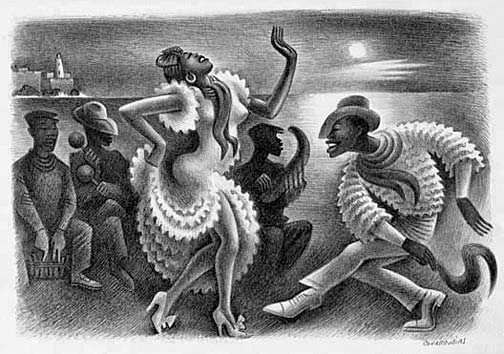


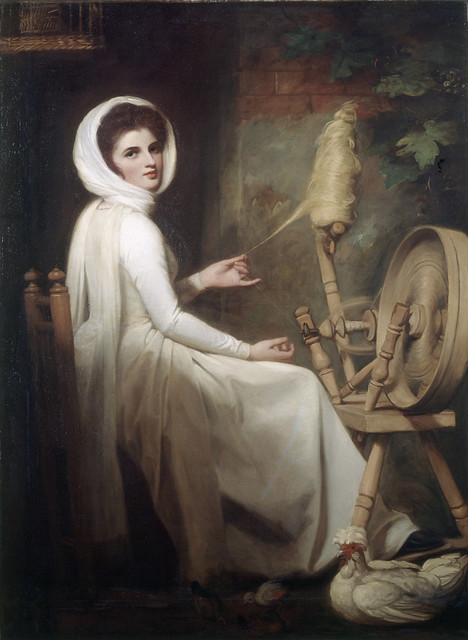
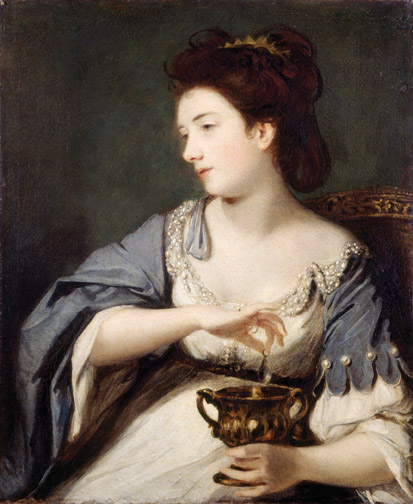

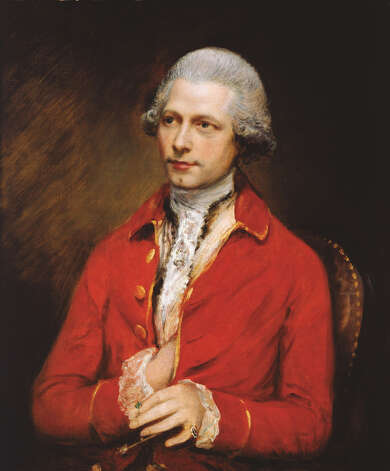
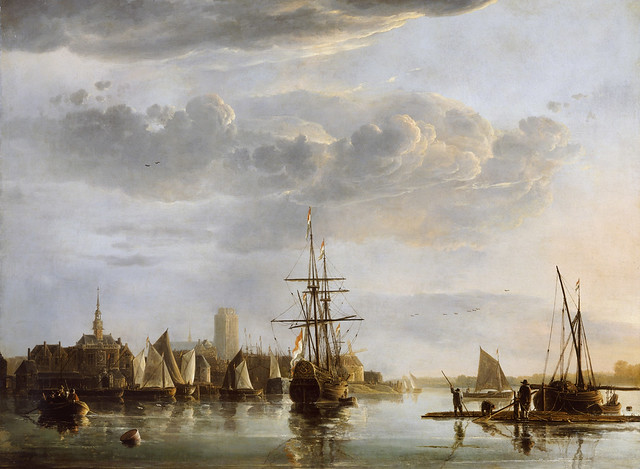
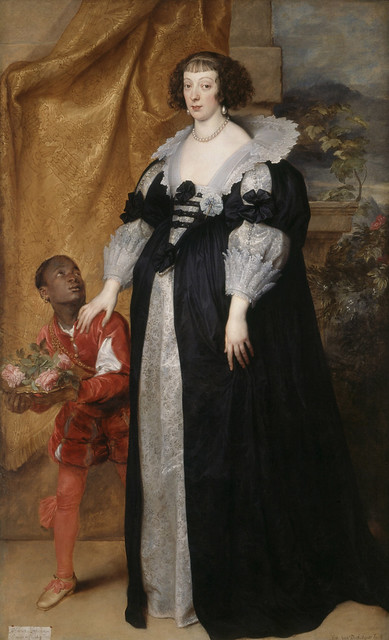








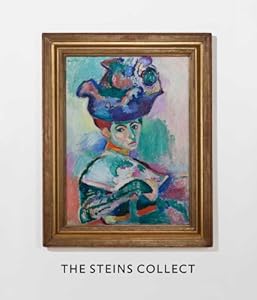






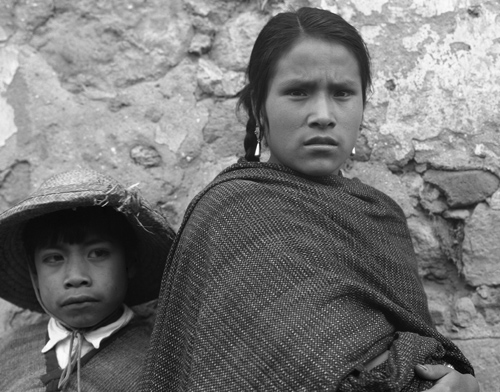












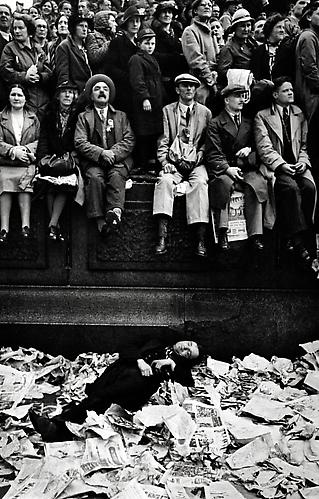

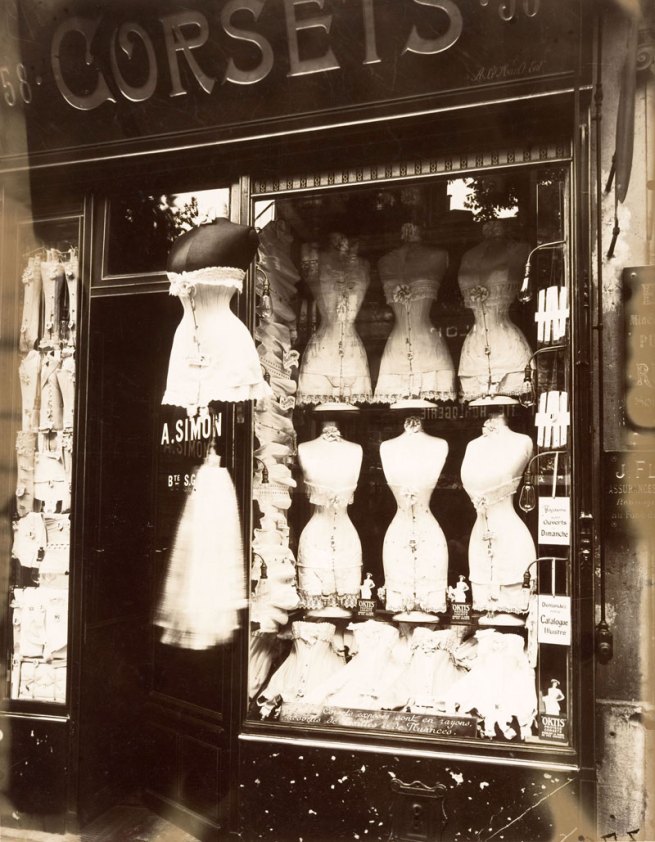




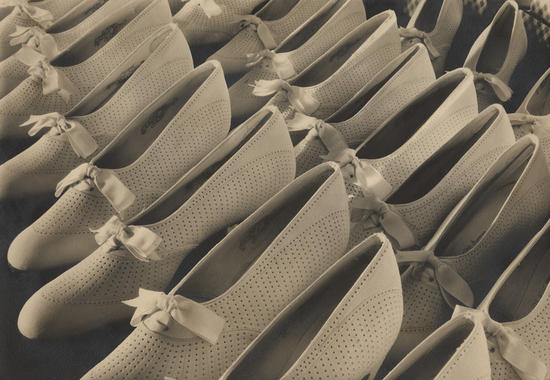





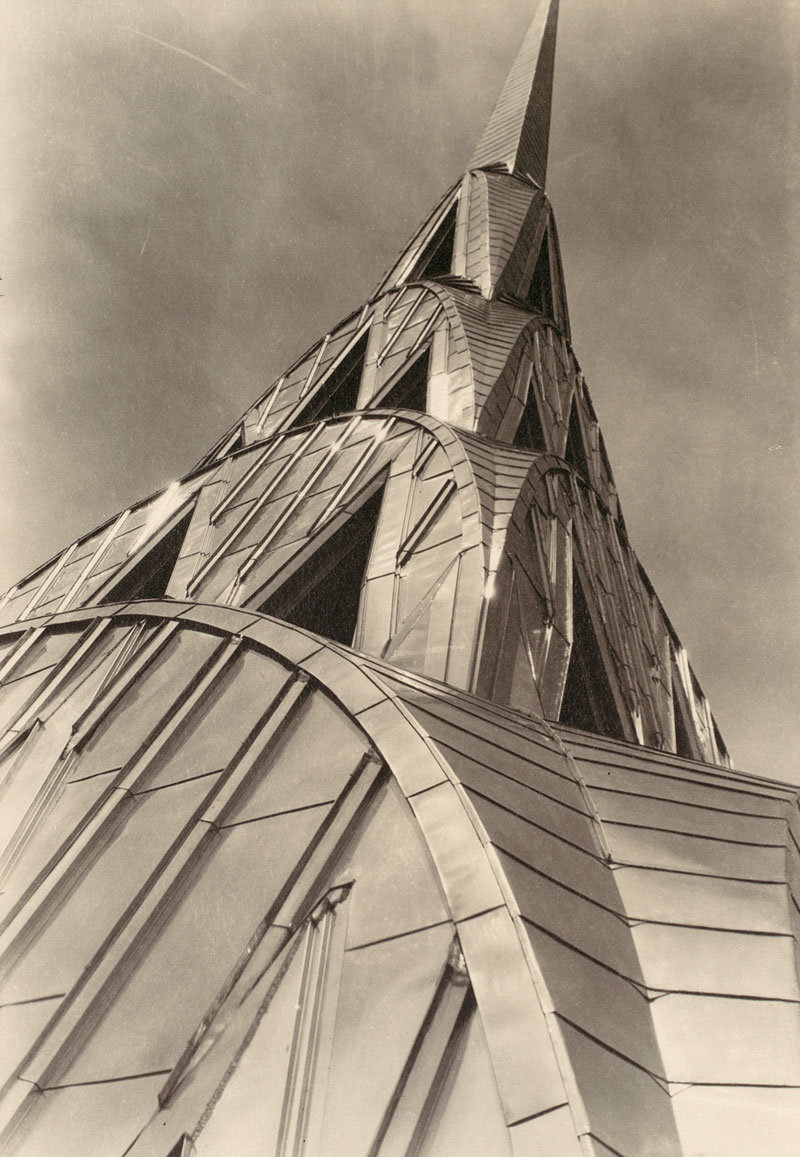


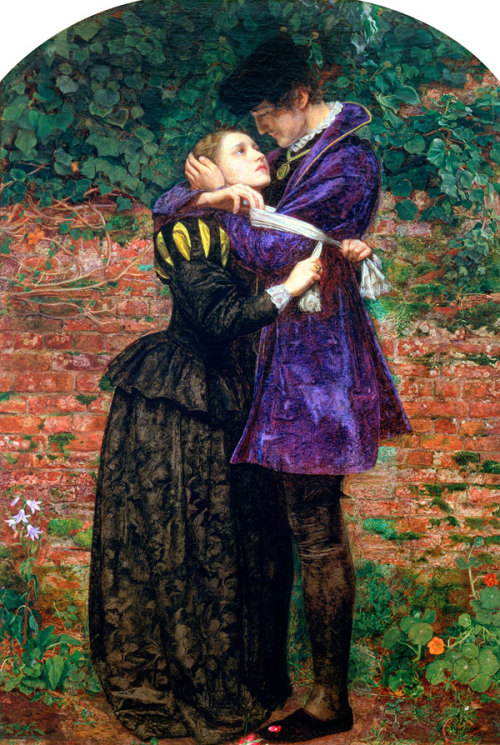




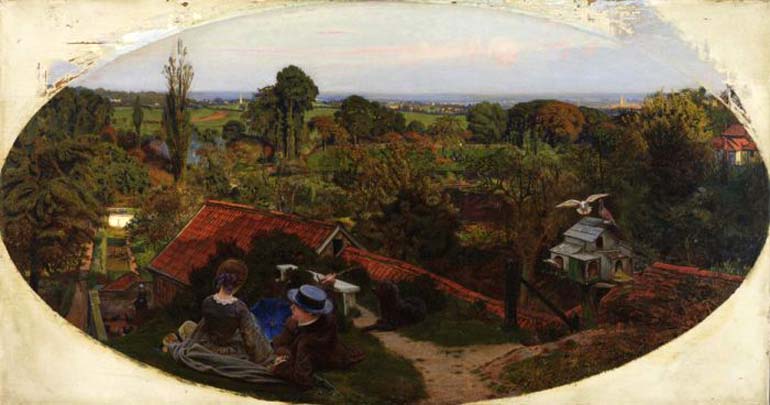


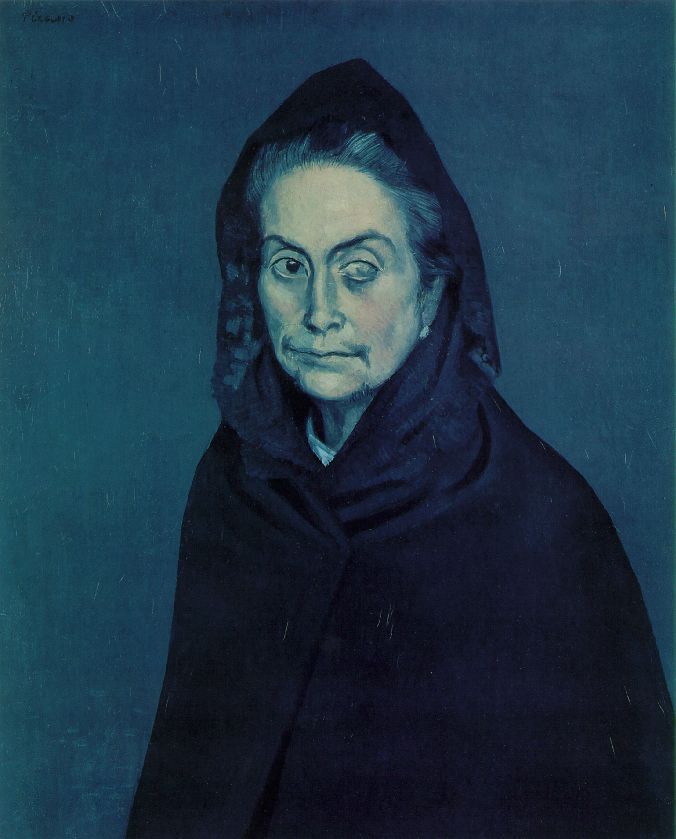



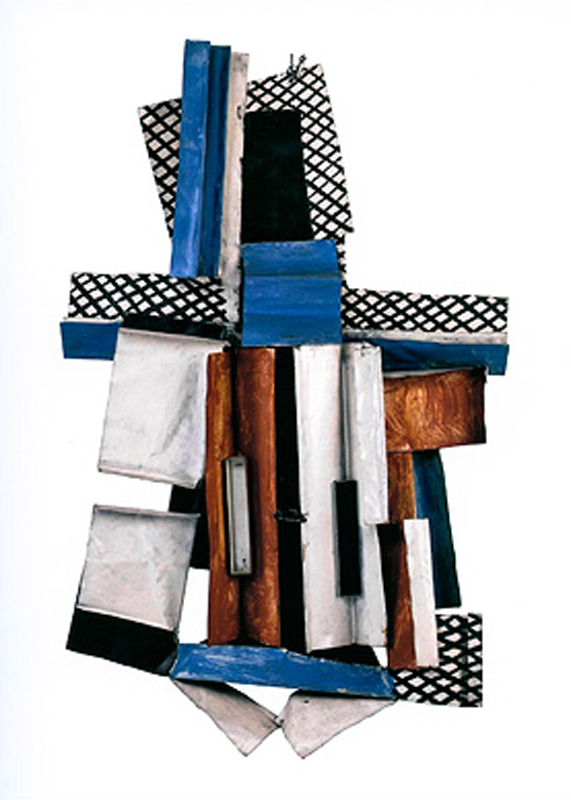


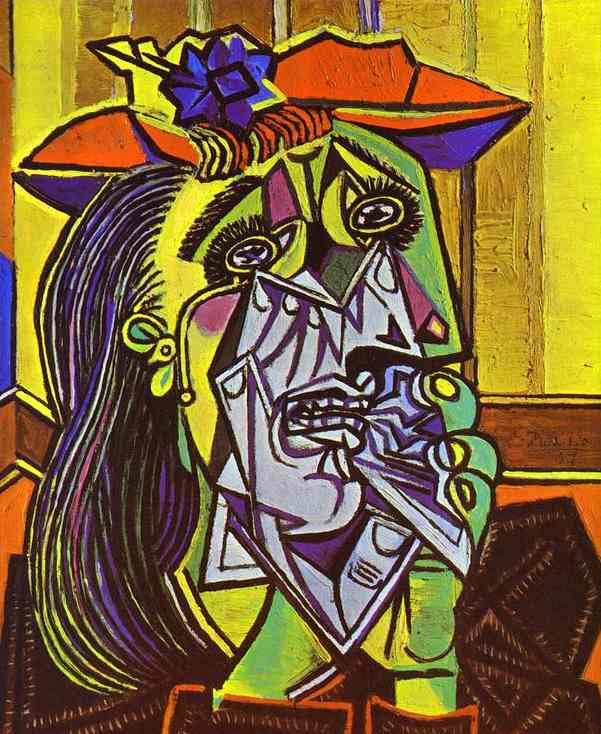
















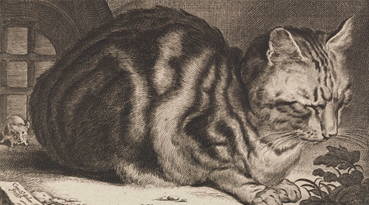





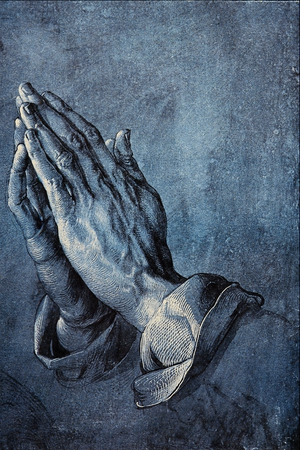

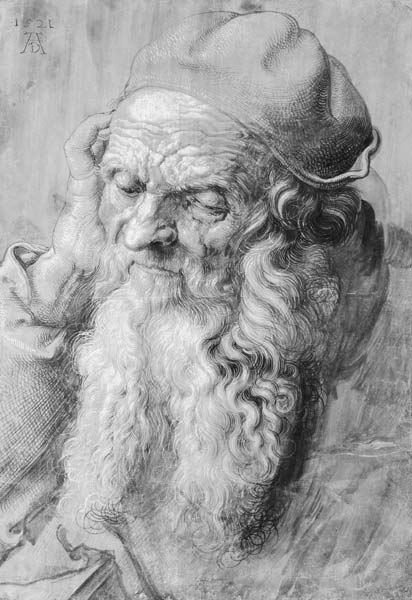





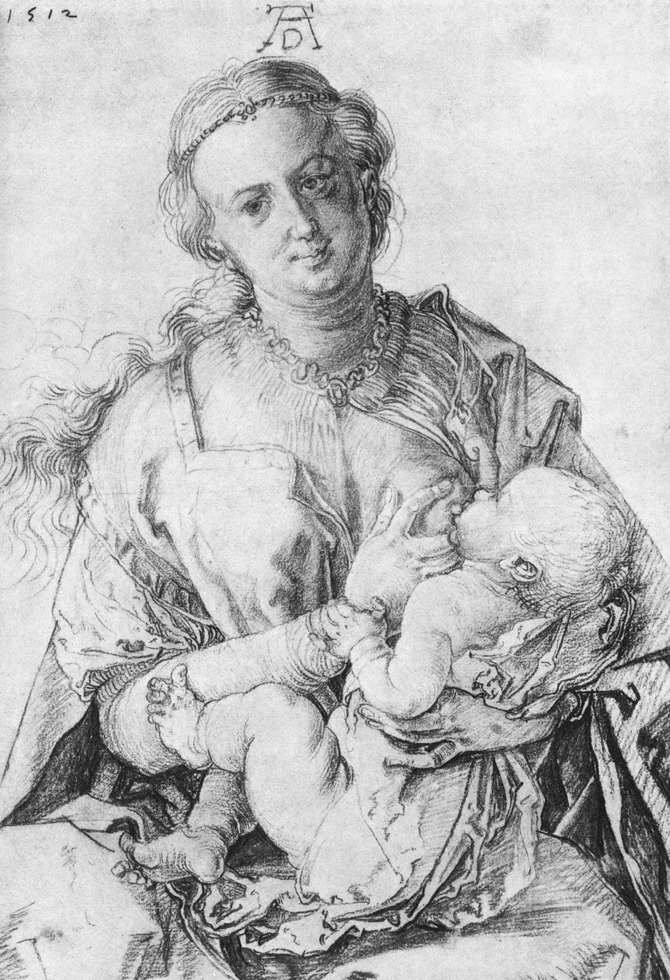















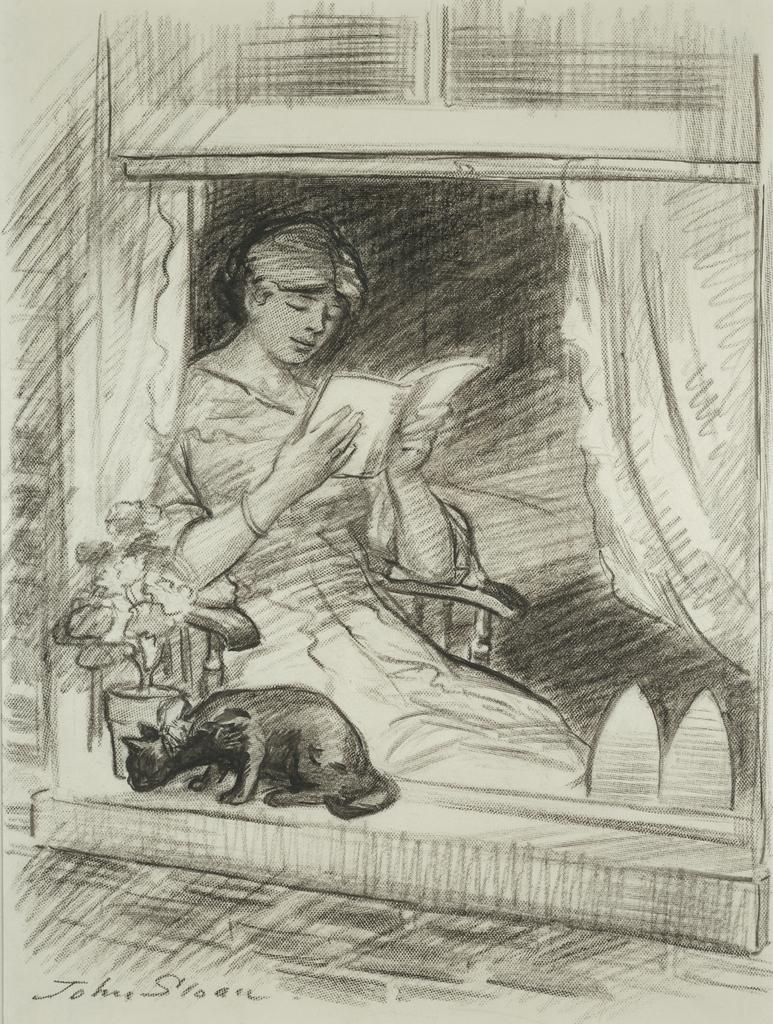











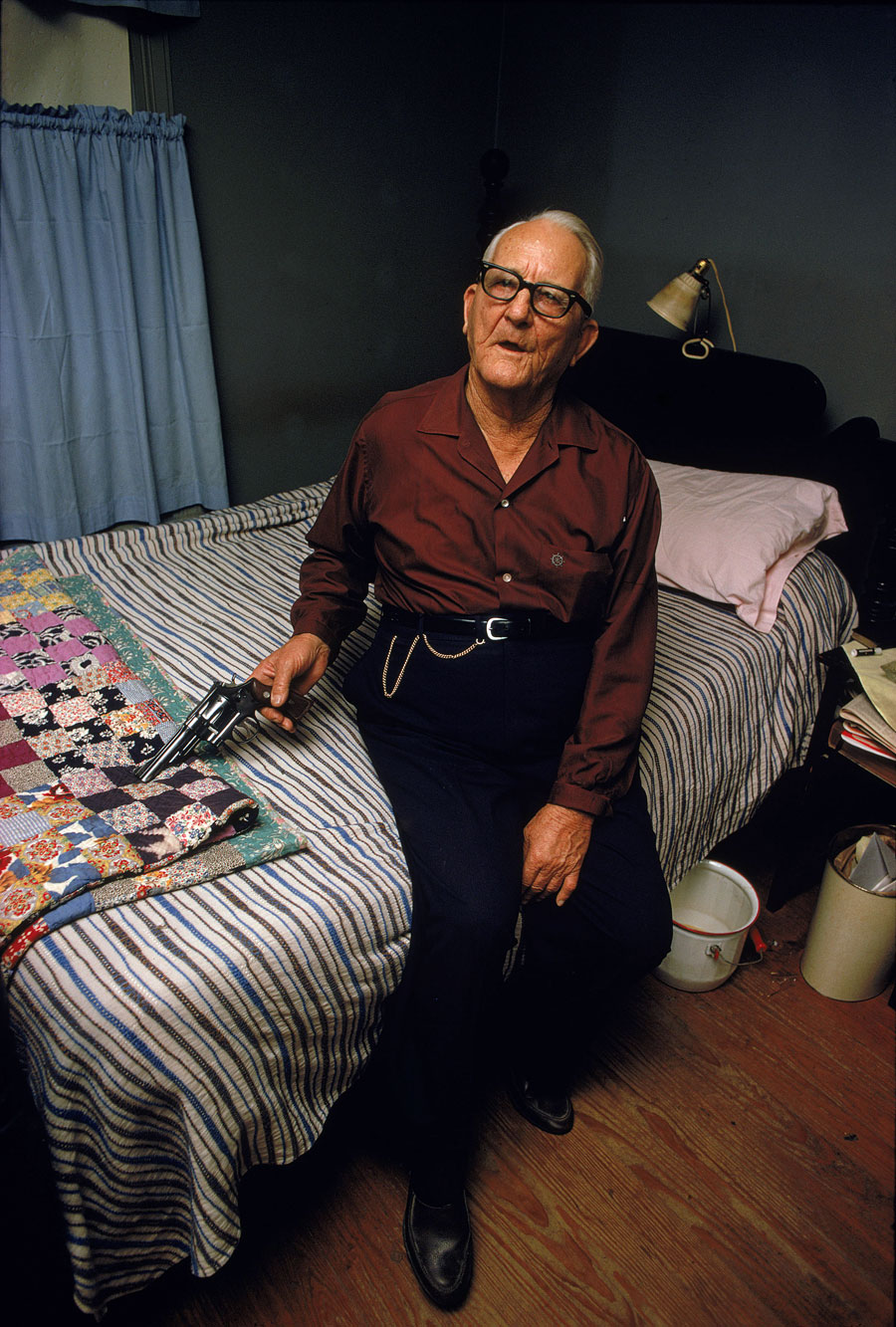




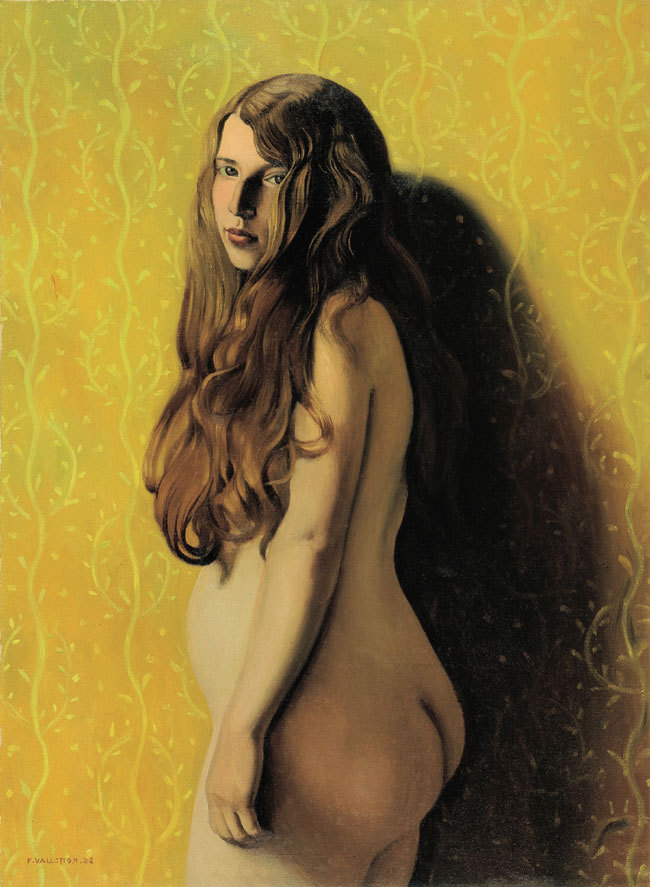
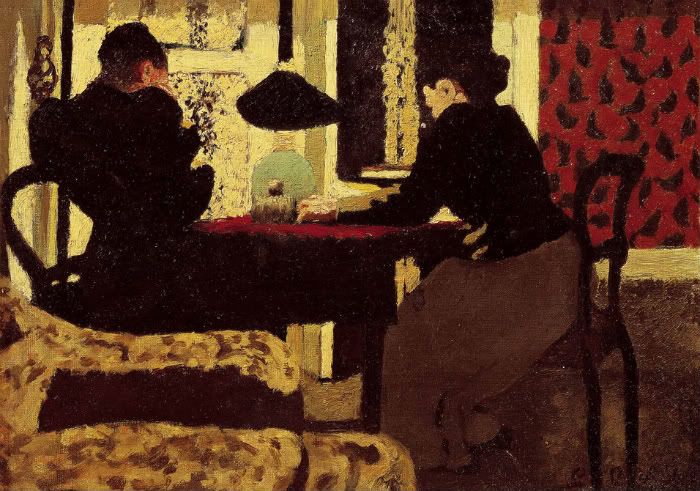










.+Interior+with+a+Violin+Case,+1918-1919..jpg)
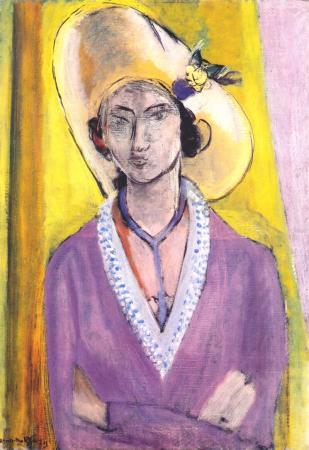
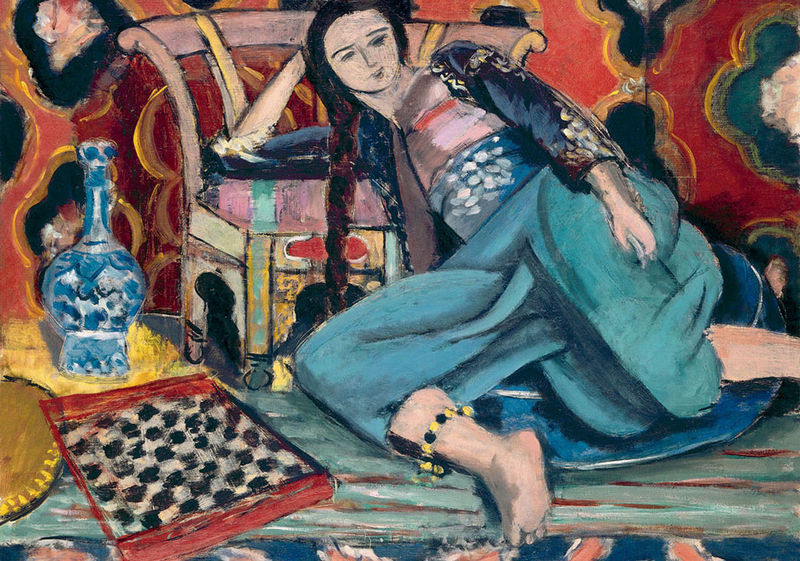




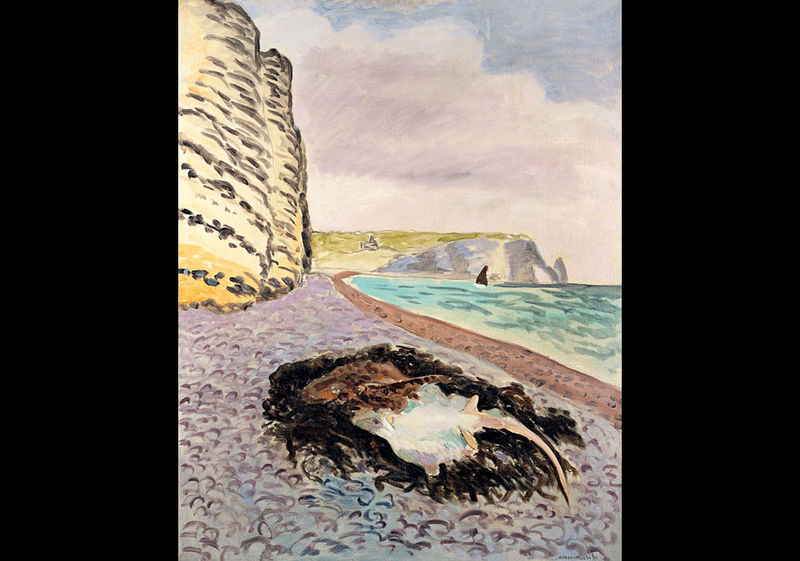

,++Young+Woman+on+a+Divan.+Black+Ribbon,+1922.++Nahmad+Collection,+Switzerland..jpg)



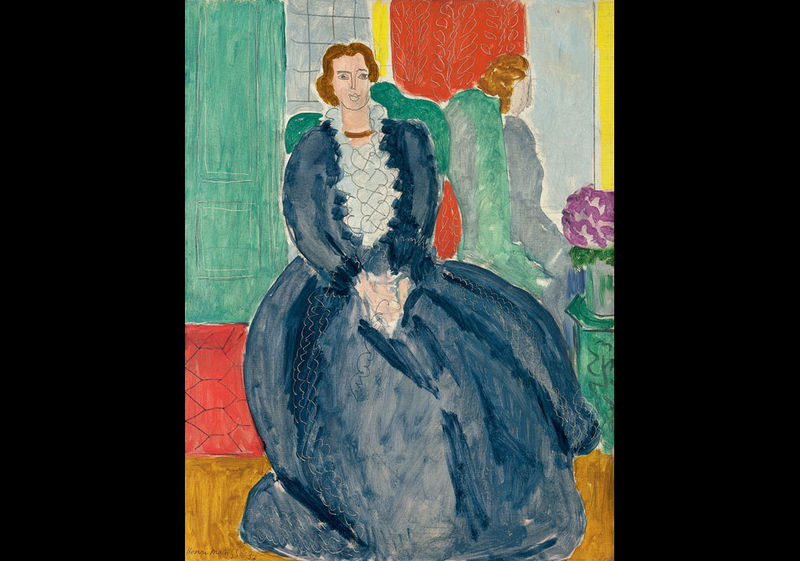






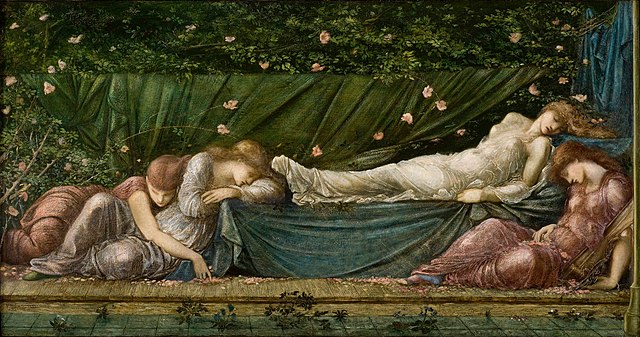
._Oil_on_panel,_122.5_x_982_cm._San_Juan_de_Puerto_Rico,_Museo_de_Arte_de_Ponce.jpg/461px-William_Holman_Hunt,_Miss_Gladis_M._Holman_Hunt_(The_School_of_Nature)._Oil_on_panel,_122.5_x_982_cm._San_Juan_de_Puerto_Rico,_Museo_de_Arte_de_Ponce.jpg)
